Forty percent of countries are rated “extreme risk” of child labour rights violations, reports annual study
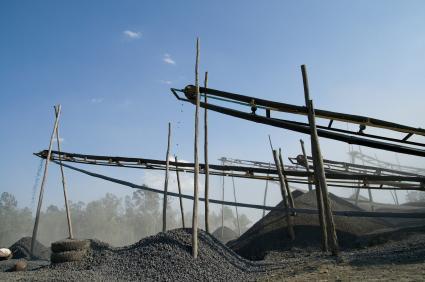
There has been a ten percent increase in the number of countries that pose an extreme risk to the welfare of children from the use of underage working practices, according to a global study.
Seventy six countries around the world are now rated by Maplecroft’s Child Labour Index as “extreme risk”. The global hike in the use of child labour is mainly caused by a deteriorating security situation worldwide, said Maplecroft.
Myanmar, North Korea, Somalia, Sudan are ranked joint first, while the Democratic Republic of Congo (5), Zimbabwe (6), Afghanistan (7), Burundi (8), Pakistan (9) and Ethiopia (10) round off the worst performers.
The International Labour Organisation estimates that there are over 215m children working across the world and of these 115m are thought to be involved in hazardous work
A rise in conflict has caused increased numbers of internally displaced children and refugees, who, together with children from minority communities continue to be the groups at most risk of economic exploitation. Sub-Saharan Africa is identified as the region posing the most risk.
“Difficult and uncertain economic conditions in many countries of the world, as a result of the continuing effect of the 2008 financial crisis, have also led to many more children working to supplement family incomes,” said Maplecroft’s analysis.
The International Labour Organisation estimates that there are over 215m children working across the world and of these 115m are thought to be involved in hazardous work.
According to UNICEF, the number of those between the ages of 5-14 and engaged in child labour is estimated at around 15m.
“Business can be directly implicated or can be deemed complicit in violations of the prohibition of child labour if children are found to be working within their operations or are used by their suppliers,” said Maplecroft Human Rights Analyst, Chris Kip. “Companies should ensure stringent human rights due diligence within their supply chain is undertaken to reduce the risk of damaged reputations, litigation, investor alienation and consumer backlash.”
Companies with supply chains in the following countries are most exposed to the risk, said Maplecroft: Philippines, India, China, Vietnam, Indonesia and Brazil, all of which are classified as “extreme risk”.
Definitive child labour figures for India do not exist, but according to a 2009 UNICEF report, more than 200,000 children were working in hybrid seed production alone. The US Department of State estimates that there are 10m to 11.5m child labourers in neighbouring Pakistan.
Key points:
· 76 countries, out of 197, classified as posing ‘extreme risks’ to the welfare of children from underage working practices
· 10% rise over the last year, up from 68 countries
· Increase caused by deteriorating security conditions and the global economic downturn
· Worst performing countries include: Myanmar, Sudan, DR Congo, Zimbabwe, Pakistan and Ethiopia
· Philippines (25), India (27), China (36), Indonesia (46), Brazil (54) rated ‘extreme risk,’ posing supply chain risks for companies





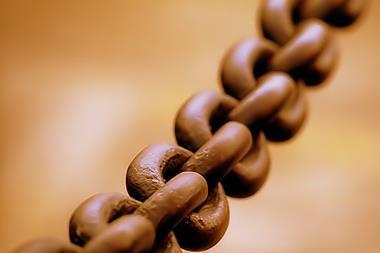
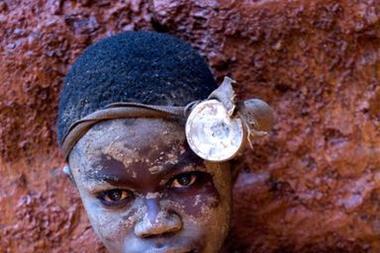

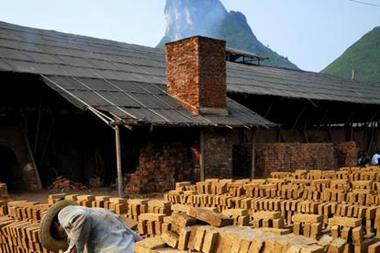
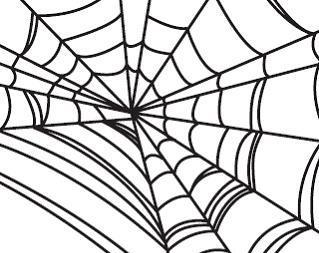










No comments yet